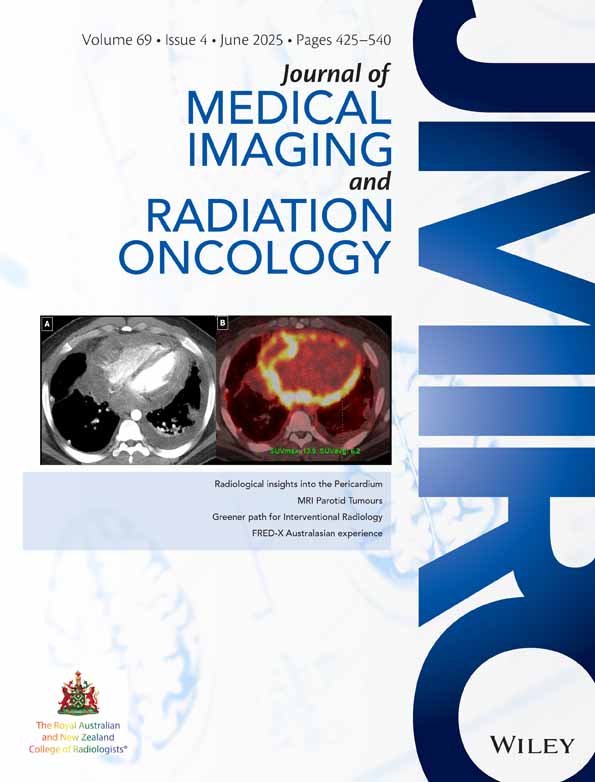Imaging Clues to Differentiate Uterine From Adnexal Masses—Value of Vascular Anatomy and Enhancement Patterns—A Pictorial Essay
Funding: The authors received no specific funding for this work.
ABSTRACT
In gynaecologic imaging, recognising the organ of origin of a pelvic mass, uterine versus adnexal, is crucial because it significantly impacts the surgical approach and treatment outcome. Ultrasound is the first line of imaging for female pelvic masses. However, due to its inherent drawbacks, ultrasonography cannot delineate the origin of large masses that distort the normal relations between the pelvic organs. Contrast-enhanced MR imaging (CE-MRI) is a problem-solving tool due to its multidimensional imaging capabilities and soft tissue contrast. Imaging features such as the anatomical location, signal intensity of mass on T2W images, displacement/mass effect on adjacent pelvic/vascular structures and enhancement patterns are studied for making this distinction. A key aspect of this differentiation is the analysis of vascular anatomy, displacement of vessels and the patterns of enhancement. This pictorial essay discusses how the vascular supply, displacement of vessels and enhancement pattern of masses on MRI provide imaging clues which help in distinguishing uterine from adnexal masses.
Conflicts of Interest
The authors declare no conflicts of interest.
Open Research
Data Availability Statement
Data are available with the corresponding author on reasonable request.




